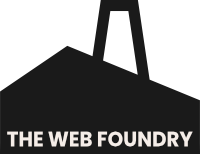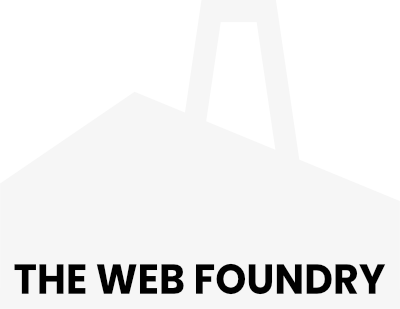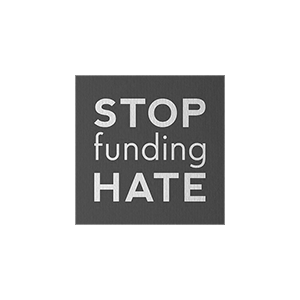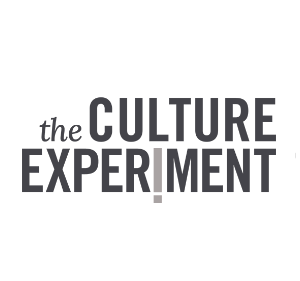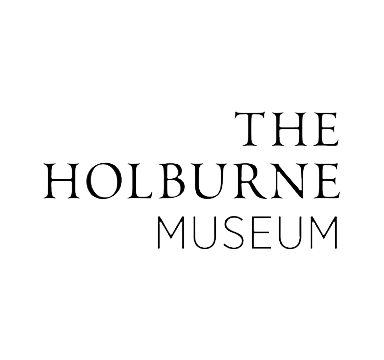We’re in the midst of a brand safety revolution in both print and online advertising. After brands started to be informed in 2016 that their ads were appearing alongside extremist content, consumer interest grew noisily in 2017, hitting the headlines in febrile ways. In 2017, we saw Marks & Spencer, McDonald’s UK, and Lloyds suspend advertising with YouTube and Google. During high profile campaigns, we also saw the likes of Lego, Paperchase, The Body Shop and many more publicly pull out of advertising in the Daily Mail as the tip of an iceberg that may have ended up sinking the titanic editorial presence of Paul Dacre as well as helping to force an apparent shift in the editorial stance of The Express and Sun newspapers. In the UK, the US and across the globe we see organisations such as Stop Funding Hate and Sleeping Giants being ever vigilant with an increasing body of consumers ready to act quickly on social media to publicly shame advertisers who get it wrong.
For most businesses, avoiding newspaper advertising in the more divisive tabloids, and some broadsheets, isn’t difficult in the print arena. Online, though, it takes conscious action to make sure advertising doesn’t appear on specific sites or alongside extremist content which helps the publishers of that content to prosper. For good reason, then, we therefore increasingly urge advertisers to make conscious decisions around brand safety and ideally come up with a policy to guide those decisions.
At a practical level, this is likely to involve using social media and search engine brand safety controls, and to keep monitoring where ads are appearing and in some cases to avoid certain ad networks or social media sites if you feel their brand is tainted enough to make association of any sort negative.
Facebook has added brand safety controls that allow advertisers to block specific categories of content as well as to block specific URLs. In Facebook’s take of the world, you can block ‘debatable social issues’ en masse, or not at all, which is far from perfect if you’re an NGO acting around specific ‘debatable’ social issues but it might be enough for some advertisers (although we’d recommend also blocking some of the bigger offenders in the media space that Facebook doesn’t necessarily cover).
Google also offers exclusions based on a content category for its network, including YouTube. In its language, it allows you to block ‘sensitive social issues’ which it describes as ‘discrimination and identity relations, scandals and investigations, reproductive rights, firearms and weapons and more’. Specific sites can also be blocked where this isn’t enough (which again, we’d recommend) as well as specific keywords used alongside those you may be positively targeting.
On both platforms, it’s also now much easier to review where your ads have been shown. Taking some time to review your ad placement on a regular basis and specifically adding sites to an exclusion list where content may be negative to your brand is highly recommended.
We also heartily support seeing brand safety not merely as a chore or policy document, but as a positive branding opportunity. Consider British Boxers who wrote a seemingly innocuous tweet in 2017 with an anecdote about their rejection of advertising in the Daily Mail. In their own words, their sales rocketed.
Just said no thanks to advertising in The Mail. “But our readers have money” said the salesman incredulously. “Yes but we’ve got values…” #proud pic.twitter.com/y9GKRwYsbm
— BRITISH BOXERS (@GrandpaJem) February 27, 2018
Just said no thanks to advertising in The Mail. “But our readers have money” said the salesman incredulously. “Yes but we’ve got values…” pic.twitter.com/cwpk5OYub1 — BRITISH BOXERS (@GrandpaJem) September 5, 2018
